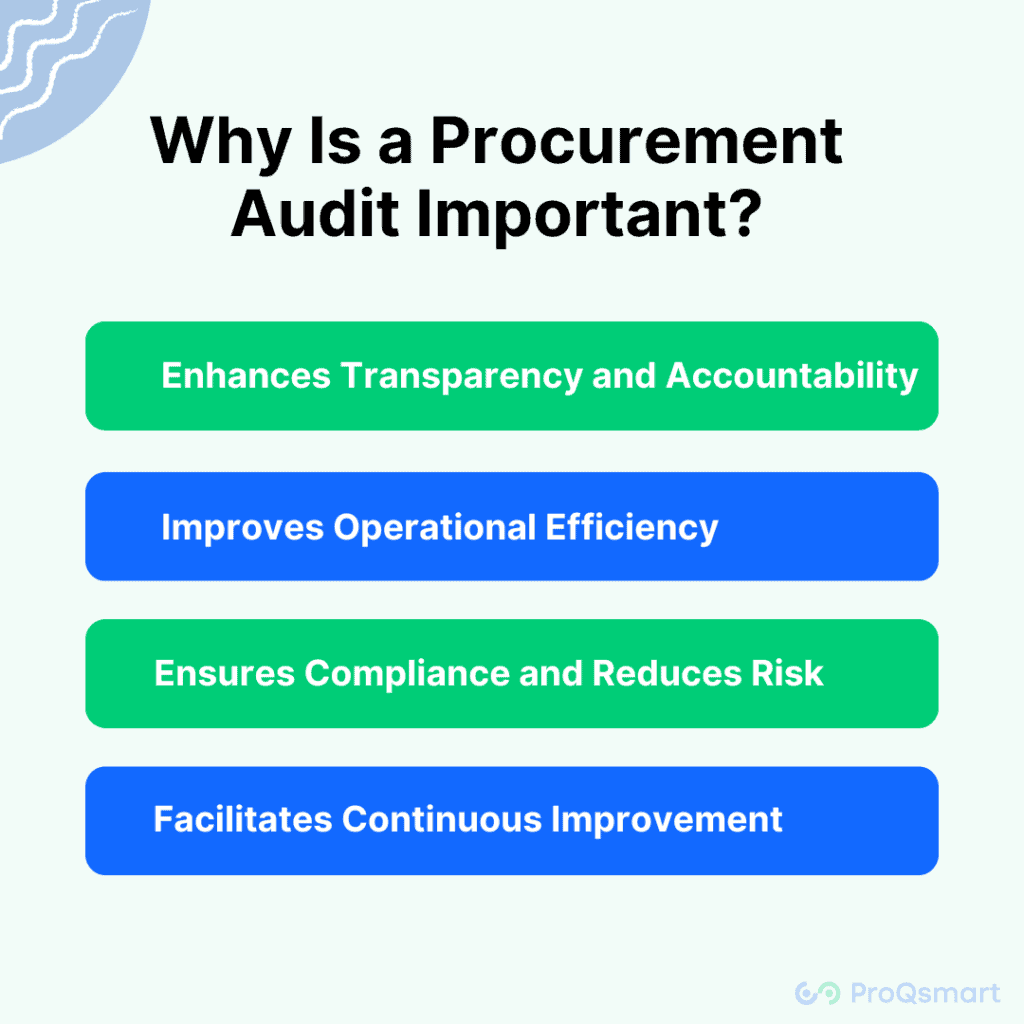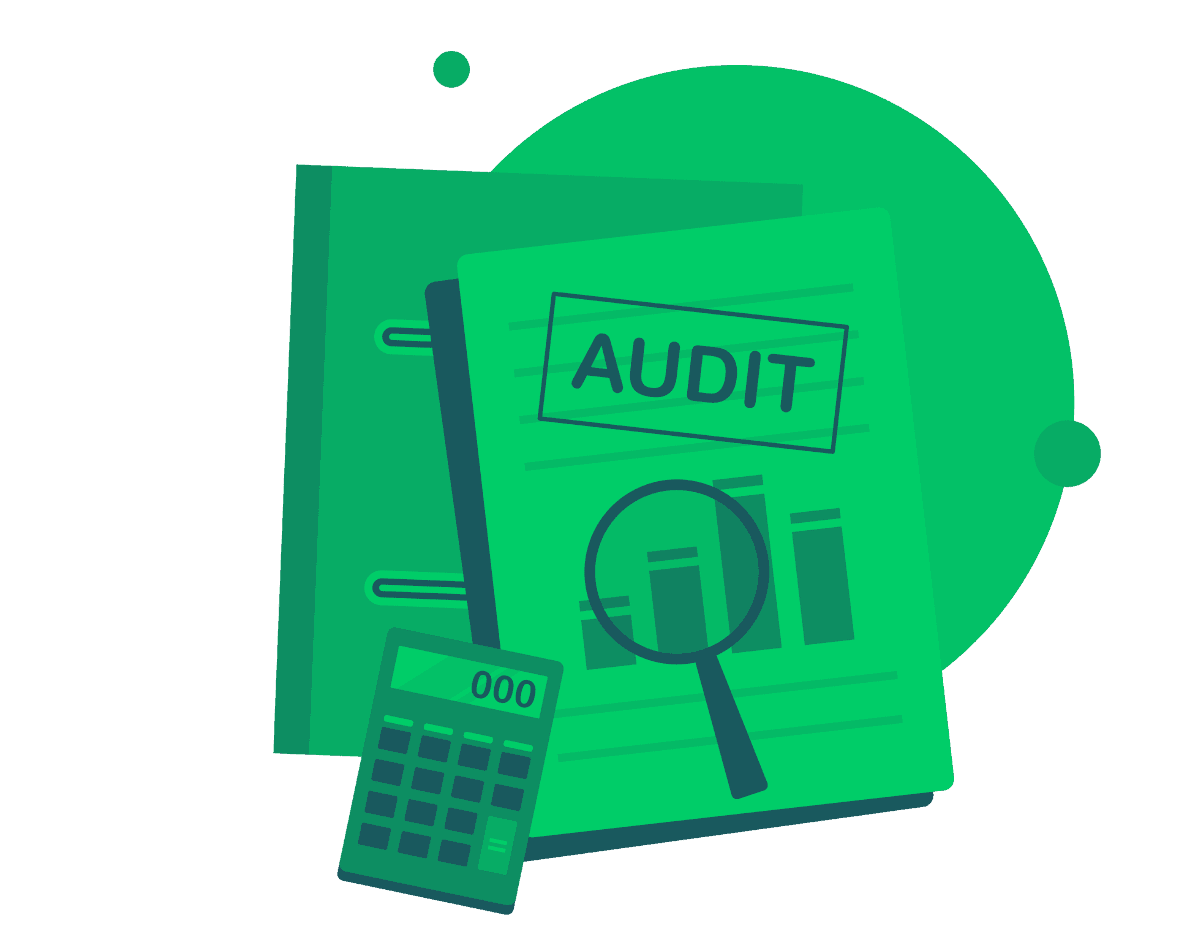In the complex environment of procurement, maintaining transparency, efficiency, and compliance is crucial. A procurement audit is a systematic review of the processes within an organization. It aims to verify the effectiveness of practices and ensure adherence to established policies and regulations. This blog post explores the significance of audits and how they contribute to a robust strategy.
Understanding Procurement Audits
A procurement audit is an in-depth review conducted to assess the operations of an organization. It examines the conformity of activities with the organization’s policies, the efficiency and effectiveness of procedures, and the economic impact of practices. The primary goal is to identify any discrepancies, inefficiencies, or opportunities for improvement within the process.
Key Objectives of Procurement Audits
Compliance Verification
Ensuring all procurement activities align with legal standards and organizational policies.
Process Efficiency Assessment
Evaluating the procedures and operations to identify redundancies, bottlenecks, and areas where cost-efficiency can be improved.
Risk Management
Identifying vulnerabilities within the procurement process that could lead to fraud, waste, or abuse.
Performance Evaluation
Assessing the effectiveness of procurement strategies in achieving their intended outcomes.
Why Is a Procurement Audit Important?

Enhances Transparency and Accountability
Audits help in maintaining a transparent process by documenting and reviewing the procurement activities, which enhances accountability among all stakeholders.
Improves Operational Efficiency
By identifying inefficiencies and suggesting improvements, procurement audits contribute to more streamlined operations that can significantly reduce costs and enhance productivity.
Ensures Compliance and Reduces Risk
Regular audits help ensure compliance with laws and regulations, reducing the risk of financial penalties and reputational damage.
Facilitates Continuous Improvement
Audits provide critical feedback that can be used to refine procurement strategies and processes, fostering a culture of continuous improvement.
How to Conduct an Effective Procurement Audit
Pre-audit Preparation
Define the scope and objectives of the audit. Gather all necessary documentation, such as procurement policies, contracts, and transaction records.
On-site Evaluation
Conduct interviews with procurement staff and other relevant personnel. Review processes in action and assess compliance with internal controls.
Data Analysis
Analyze procurement data to identify trends, anomalies, and areas of concern. Use statistical methods to support findings.
Report Findings and Recommendations
Prepare a detailed audit report that outlines findings, provides an assessment of the procurement process, and recommends corrective actions.
Follow-up and Review
Implement the recommendations from the audit report and schedule follow-up audits to ensure continuous improvement.
Conclusion
Procurement audits are a vital tool for organizations aiming to enhance their functions. They not only ensure compliance and efficiency but also contribute to strategic decision-making and long-term organizational health. By regularly conducting audits, businesses can maintain rigorous standards, adapt to changing regulatory environments, and achieve sustainable success.


